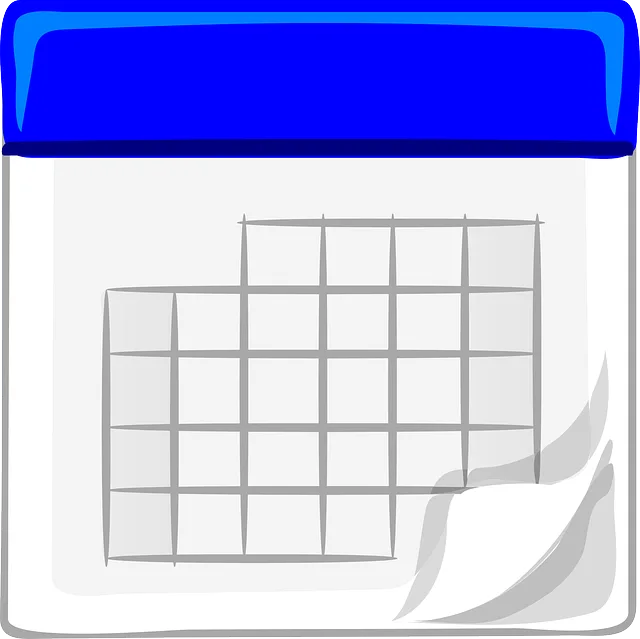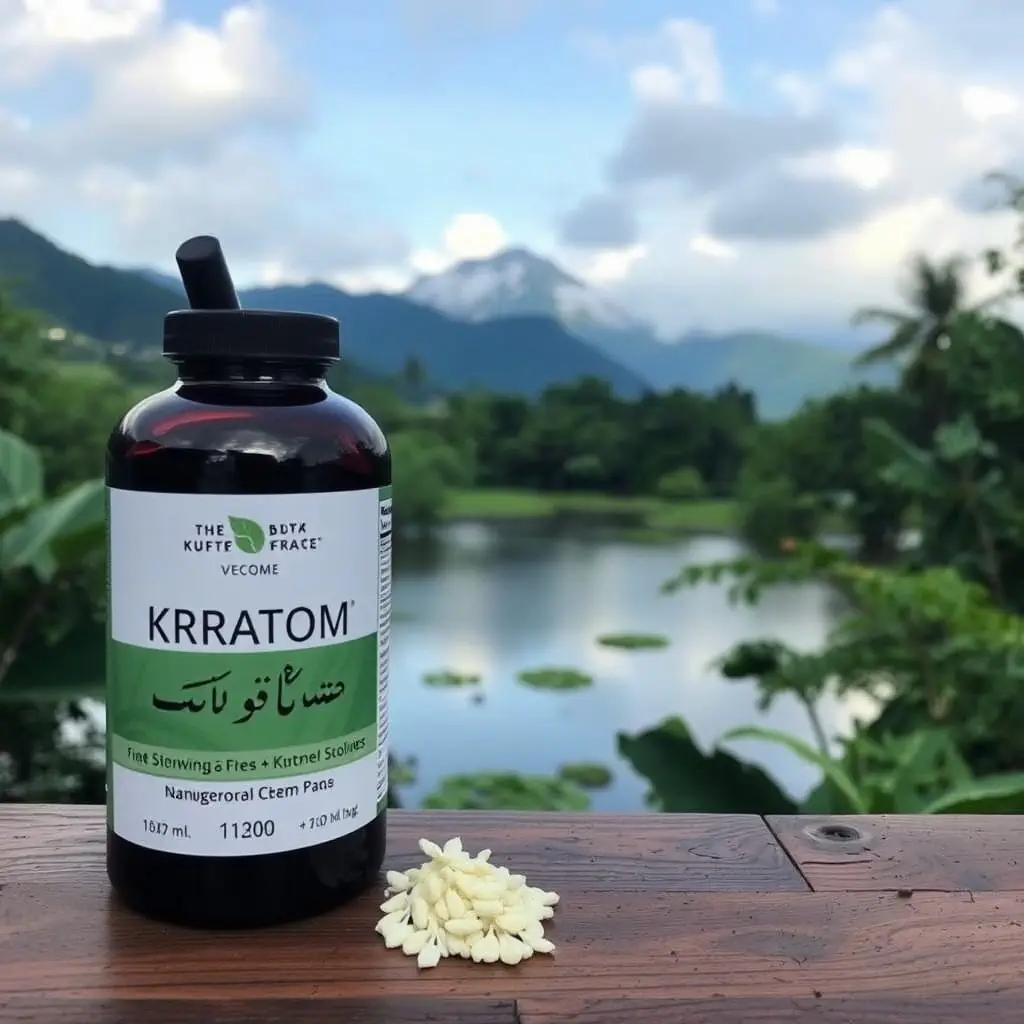Muscle soreness, particularly delayed onset muscle soreness (DOMS), is caused by micro-tears in muscle fibers and peaks 24-72 hours after exercise. While Kratom may seem like a quick fix, understanding soreness causes is key for effective recovery strategies. Customized workout plans that consider fitness level, injury history, and discomfort areas offer personalized relief, prevent future soreness, and are ideal for active individuals, including frequent travelers. Creating such a plan, incorporating bodyweight exercises, maintaining consistency, and balancing workouts with rest days promotes faster recovery. If traveling with Kratom, research local regulations, consult healthcare professionals, and integrate it safely into your wellness routine.
Are you tired of persistent muscle soreness? Discover how customized workout plans can be a game-changer. This article delves into the science behind muscle soreness, exploring its causes and the benefits of tailored fitness routines for relief. Learn practical tips to create and adhere to your plan, even when traveling. We also discuss if you can pack kratom for on-the-go comfort, offering insights for active individuals seeking natural pain management.
- Understanding Muscle Soreness and Its Causes
- Benefits of Customized Workout Plans for Relief
- Practical Tips for Creating and Following Your Plan (Including Travel Considerations)
Understanding Muscle Soreness and Its Causes
Muscle soreness is a common post-workout experience, often described as delayed onset muscle soreness (DOMS). It typically peaks around 24 to 72 hours after exercise and is caused by small tears in muscle fibers during intense physical activity. These micro-tears lead to inflammation and fluid buildup, resulting in that familiar sensation of stiffness and discomfort.
While it might be tempting to reach for quick fixes like Kratom (a herbal supplement) for relief, understanding the root causes of muscle soreness is key to developing effective strategies. This knowledge enables individuals to create tailored workout plans that minimize soreness while maximizing recovery, ensuring they can stay active and enjoy their fitness journey without unnecessary discomfort.
Benefits of Customized Workout Plans for Relief
Customized workout plans offer a tailored approach to muscle soreness relief, catering to individual needs and preferences. Unlike generic routines, these plans acknowledge that everyone experiences pain differently, and what works for one person may not be suitable for another. By taking into account factors like fitness level, injury history, and specific areas of discomfort, personalized workouts can provide more effective and efficient recovery.
One of the key advantages is the ability to target problem areas directly. Whether it’s post-workout muscle aches or chronic soreness, a customized plan employs targeted exercises and stretches designed to alleviate pain and improve flexibility. Moreover, these plans often incorporate techniques like foam rolling, proper warm-up and cool-down routines, and recovery strategies such as hydration and nutrition guidance, ensuring a holistic approach to muscle health. This tailored method not only promotes faster relief but also helps prevent future soreness and injury, making it an ideal solution for active individuals, especially those who frequently travel and might encounter new environments and challenges.
Practical Tips for Creating and Following Your Plan (Including Travel Considerations)
Creating a customized workout plan for muscle soreness relief is an effective strategy, especially when tailored to your lifestyle and travel habits. Firstly, assess your daily activities and identify potential triggers for muscle discomfort. If you’re someone who frequently travels, considering how to incorporate exercise on the go is essential. Fortunately, no matter where you are, simple bodyweight exercises like push-ups, squats, and lunges can be done virtually anywhere, making them ideal for travel workouts.
When crafting your plan, remember that consistency is key. Aim for regular sessions, even if they’re shorter. Additionally, blend active recovery days with more intense workouts to balance muscle repair and growth. If traveling with Kratom (a herb often used for its analgesic properties), ensure you understand local regulations and consult a healthcare professional for guidance on incorporating it into your wellness routine, especially when combining with exercise.
Customized workout plans offer a tailored approach to managing muscle soreness, proving beneficial for both athletes and individuals leading active lifestyles. By addressing specific causes, these plans provide efficient relief, enhancing overall well-being. Implementing practical tips, such as considering travel needs, ensures accessibility and sustainability, even when on the move. Whether you’re exploring the world or simply commuting, remember that a personalized routine can make all the difference in your journey towards pain-free movement, potentially allowing you to even consider traveling with kratom for additional natural relief if needed.






